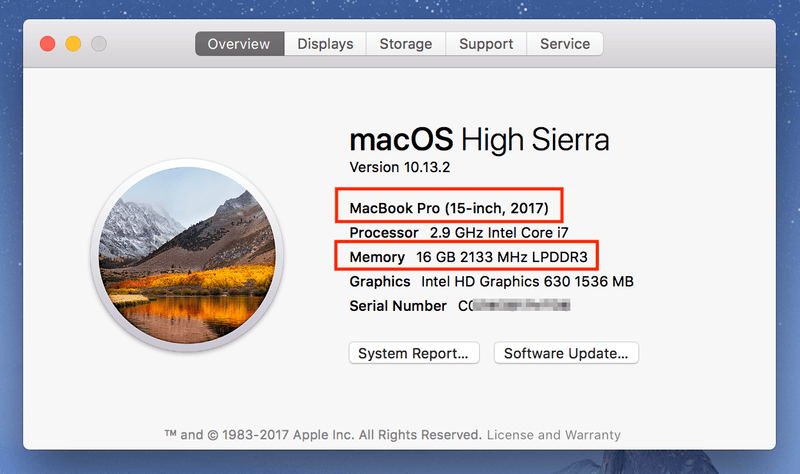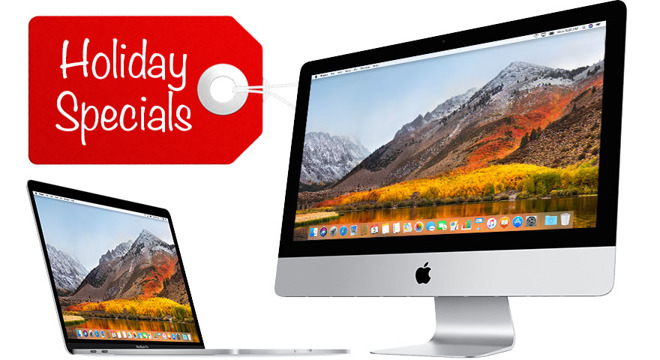

- #BEST MAC 16GB RAMS FOR OS SIERRA UPGRADE#
- #BEST MAC 16GB RAMS FOR OS SIERRA PRO#
- #BEST MAC 16GB RAMS FOR OS SIERRA SOFTWARE#
- #BEST MAC 16GB RAMS FOR OS SIERRA PLUS#
This laptop is still a good choice if you need an expansive 16-inch screen if you need to run Windows apps on your Mac and need the fastest Intel processors you can get in a MacBook or if you need a laptop that can be used with as many as four external 4K monitors (M1 MacBooks can only work with a single external monitor). But it hasn’t been updated with an Apple processor yet, so it’s a more complicated recommendation than it used to be.
#BEST MAC 16GB RAMS FOR OS SIERRA PRO#
The 16-inch MacBook Pro costs more than twice as much as the Air, and it’s worth that investment only if you’re editing huge photos and videos, connecting to multiple high-resolution 4K or 5K monitors, or working with 3D drafting software. As of this writing, Windows can’t run on Macs that use Apple’s processors.
#BEST MAC 16GB RAMS FOR OS SIERRA SOFTWARE#
The only reason to buy the Intel MacBook Pro is if you absolutely need high-end, professional apps to run as quickly and smoothly as possible from day one, or if you need to run Windows using virtualization software or Boot Camp. And in the long run, we think the Apple M1 Pro is likely to get more new versions of macOS than the Intel version. The Intel MacBook Pro’s battery life isn’t as good, and it’s not as fast (at least, when you’re running apps that have been optimized for Apple’s chips). We don’t recommend the Intel version of the 13-inch MacBook Pro, which starts at $1,800 and includes four Thunderbolt 3 ports but otherwise looks identical to the Apple M1 version. You can add more internal storage if you like, though external SSDs are more economical than Apple’s storage upgrades. The configuration we recommend has the same improved keyboard as other recent MacBook models, uses a Touch Bar instead of typical function keys, and includes double the memory of the MacBook Air we recommend, which is useful if you edit large photos or high-resolution videos. You won’t notice the difference for everyday browsing and document editing, but the cooling fan in the Pro allows its M1 chip to run faster for longer, providing 10% to 20% more performance than the Air when compiling code, exporting video, or doing anything else that uses all the processor’s cores for more than a few minutes.

#BEST MAC 16GB RAMS FOR OS SIERRA UPGRADE#
If you regularly do the kind of tasks that use all the processing power you can throw at them, like encoding high-definition video and developing and compiling iOS, the $1,500 version of the 13-inch Pro is a worthwhile upgrade over the Air. The Air also omits the MacBook Pro’s (situationally useful but largely unnecessary) Touch Bar in favor of a row of physical function keys and a standalone Touch ID fingerprint sensor.

#BEST MAC 16GB RAMS FOR OS SIERRA PLUS#
The Air includes only two USB-C ports (which support Thunderbolt 3) plus a headphone jack-but Thunderbolt 3 docks and USB-C hubs and adapters are common enough and inexpensive enough that this isn’t as big of a problem as it used to be. The only downside is that some Mac apps that run well on Intel Macs haven’t yet been optimized for the Apple M1 chip, and you might notice some performance lag until those apps are updated. Like its predecessor, the M1 version of the Air includes a much-improved keyboard with a deeper, more satisfying feel and improved reliability compared with MacBook Air and MacBook Pro models released between 20. And unlike previous MacBook Air models, the M1 version doesn’t require a cooling fan, which keeps it dead silent even when you’re maxing out the processor by exporting a video or playing a game. Apple’s new M1 processor is much faster than the low-power Intel processors in previous MacBook Airs, and its battery life is so good that you should almost never need to charge it during the day if you don’t want to. We recommend the basic $1,000 version of the MacBook Air, which has enough speed, memory, and storage for most day-to-day computer tasks.


 0 kommentar(er)
0 kommentar(er)
